Table of Contents Show
Autism representation has increased in recent popular television series. Atypical follows the life of Sam, an autistic teenager, as he navigates through relationships, family matters, and the transition from high school to college. The Good Doctor follows an autistic man with savant syndrome who relocates to a quiet area to become a successful surgeon.
Most recently, Love On The Spectrum has become popular as one of the first dating shows for autistic couples. Whether you are a member of an under-represented community, or you are an ally of inclusion, it is important to consider representation in popular media. Shows like Atypical, The Good Doctor, and the new series Love On The Spectrum beg the question: are attempts at autism representation in media helpful, even if they aren’t seamlessly executed?
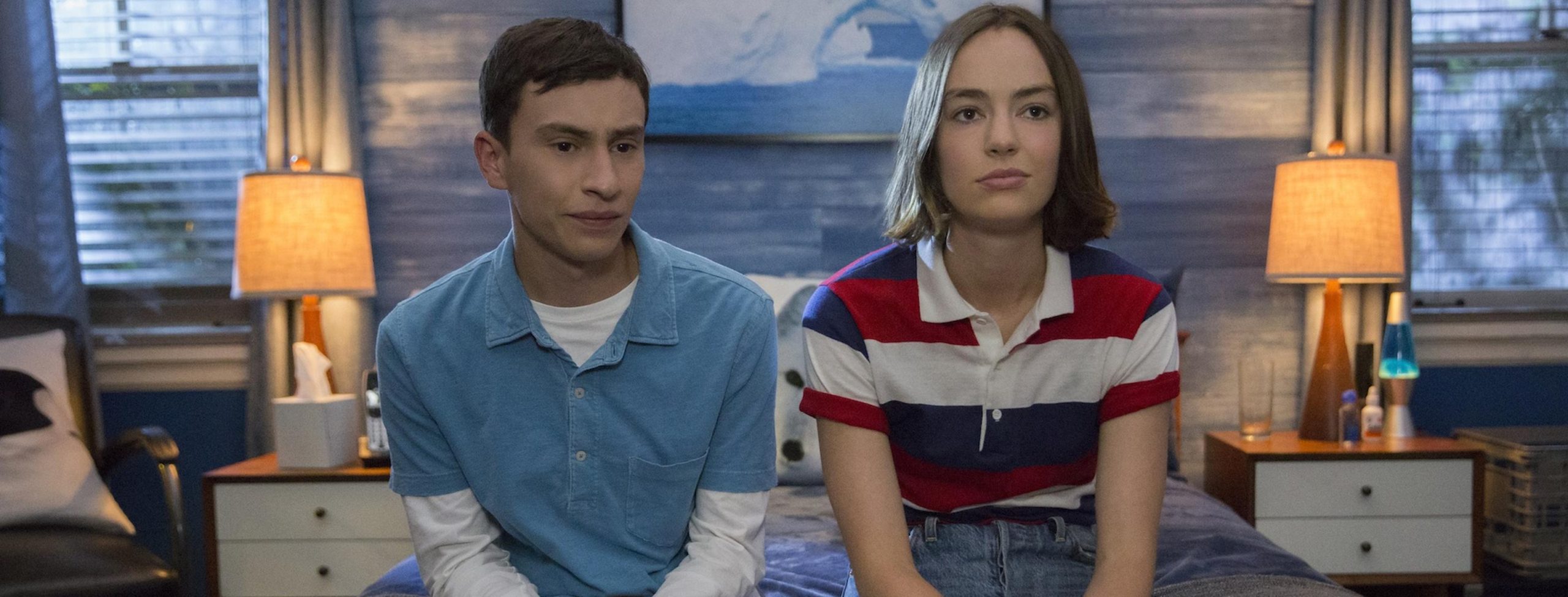
Atypical, The Good Doctor, and Love On The Spectrum are the series most popular for their autistic representation, but they are the only three shows known for this inclusion. The three shows have both been hailed and criticized for their depictions by autistic audiences. With the rise of autism representation, it is important to reflect upon the shortcomings of these popular shows so new shows can improve even further.
This begs the question: where do these shows fall short? Some large criticisms include stereotyping autistic people, hiring non-autistic actors to play autistic roles, and little to no female autism representation.
Stereotyping The Spectrum
Atypical and The Good Doctor both feature lead characters with the diagnosis of Asperger’s syndrome. This diagnosis was included under the blanket diagnosis of autism spectrum disorder, however the attributes often associated with Asperger’s syndrome are seen in Sam and Dr. Shaun Murphy.
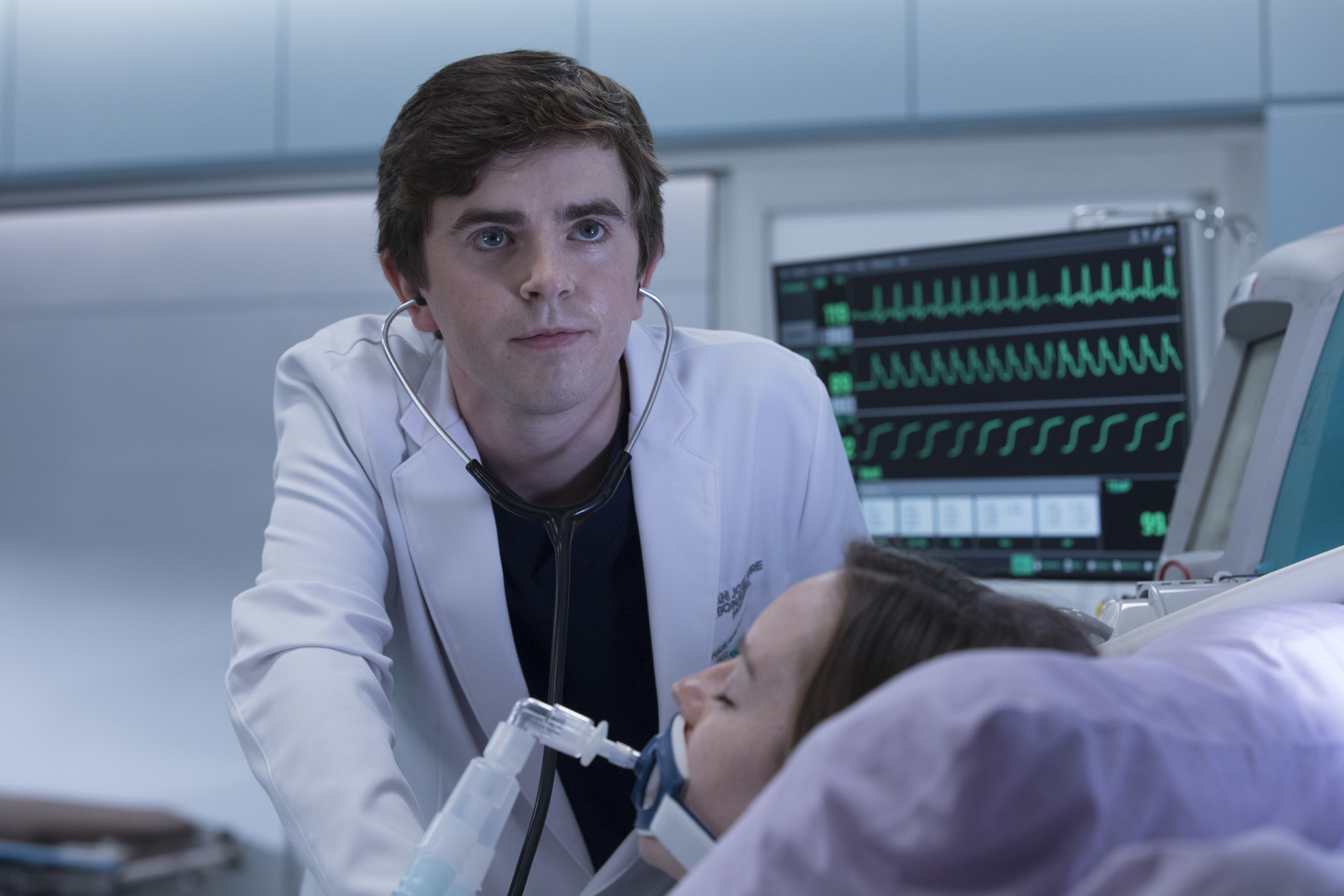
While the two characters lead to different narratives, they are both depicted as having the same diagnosis. Both characters struggle with social interactions can be seen fixating on niche interests, and are generally depicted as being isolated from non-autistic people. These depicted attributes perpetuate a stereotype of autistic people. This stereotype limits the understanding of a very diverse and broad spectrum of autistic qualities.
The reality of this focused representation is that it reflects only a small portion of a larger and more diverse spectrum. Autism spectrum disorder includes a large range of characteristics. Characters like Atypical‘s Sam and The Good Doctor‘s Shaun perpetuate a myth of autistic people: the autistic savant. The autistic savant defines those who both have a diagnosis of autism spectrum disorder as well as display characteristics of savant syndrome with exceptional skills in one or many areas (( “Giftedness and Autism: Savant Skill Fact Sheet | Agnesian HealthCare.” Agnesian HealthCare, 25 Apr. 2017. )).
There is a high individuality of symptoms for autistic people, which is why autism is referred to as a spectrum. The representation in these shows is not reflective of the larger spectrum and hides the truth of diversity that lies within the community. There’s a wide range of cognitive skills and the ability to speak, and autism can coincide with other conditions such as depressive disorders and anxiety. By focusing on a limited set of characteristics in autistic characters, these television shows create caricatures of autism.
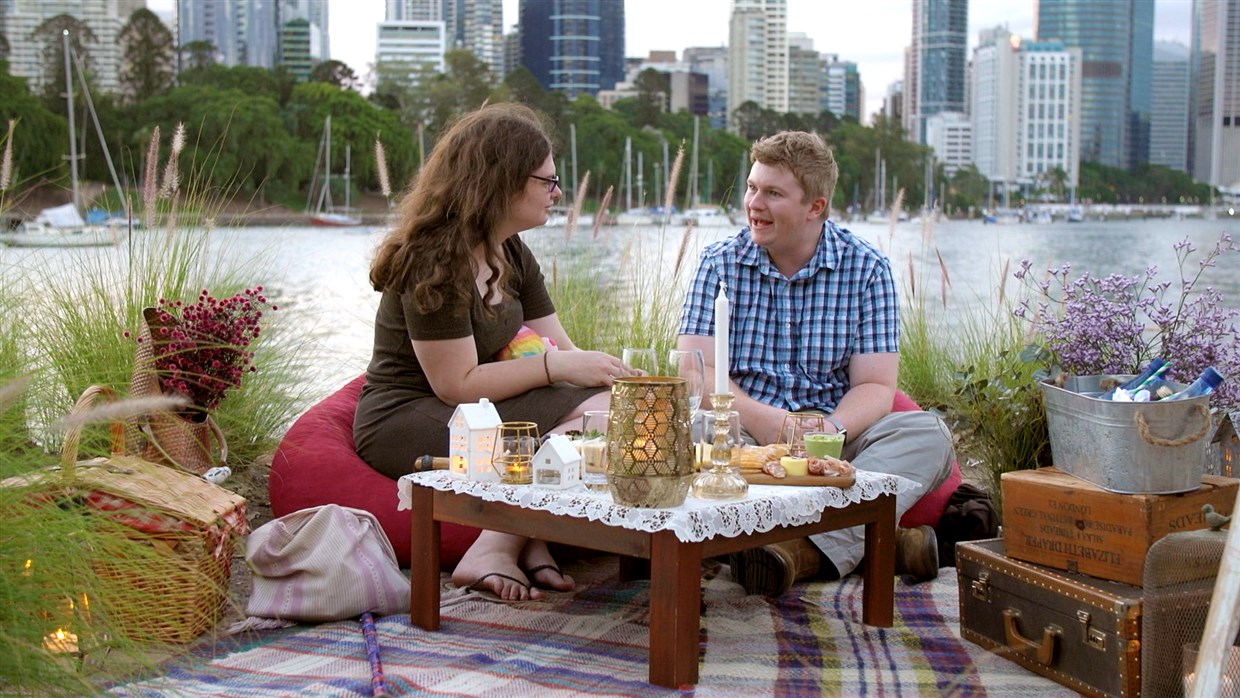
Dr. Stephen Shore once said,
“If you’ve met one person with autism, you’ve met one person with autism.”
This quote highlights the fact that autistic people are extremely diverse, despite having the same diagnosis of autism spectrum disorder. This is often misunderstood because of the blanket diagnosis of autism. The diversity of the autism spectrum is vast and complex to capture in a small set of characters, and the only way to expand upon this limited autism representation is to increase the diversity within characters.
Actors On The Spectrum
An issue facing many underrepresented groups is the hiring of non-minority actors to play minority roles. This is often seen in Hollywood where white actors are hired to play BIPOC roles. The autistic community faces a similar problem.
Although Love On The Spectrum follows the real-life romantic lives of those on the spectrum, The Good Doctor and Atypical open the conversation to inclusive hiring practices. While the first season of Atypical did not feature any autistic actors, five autistic actors joined the production in the second season. Disability advocates praised the show’s creator for the decision to provide more opportunities to underrepresented actors in the second season, although some critics still claim it is not enough to confront the problem.
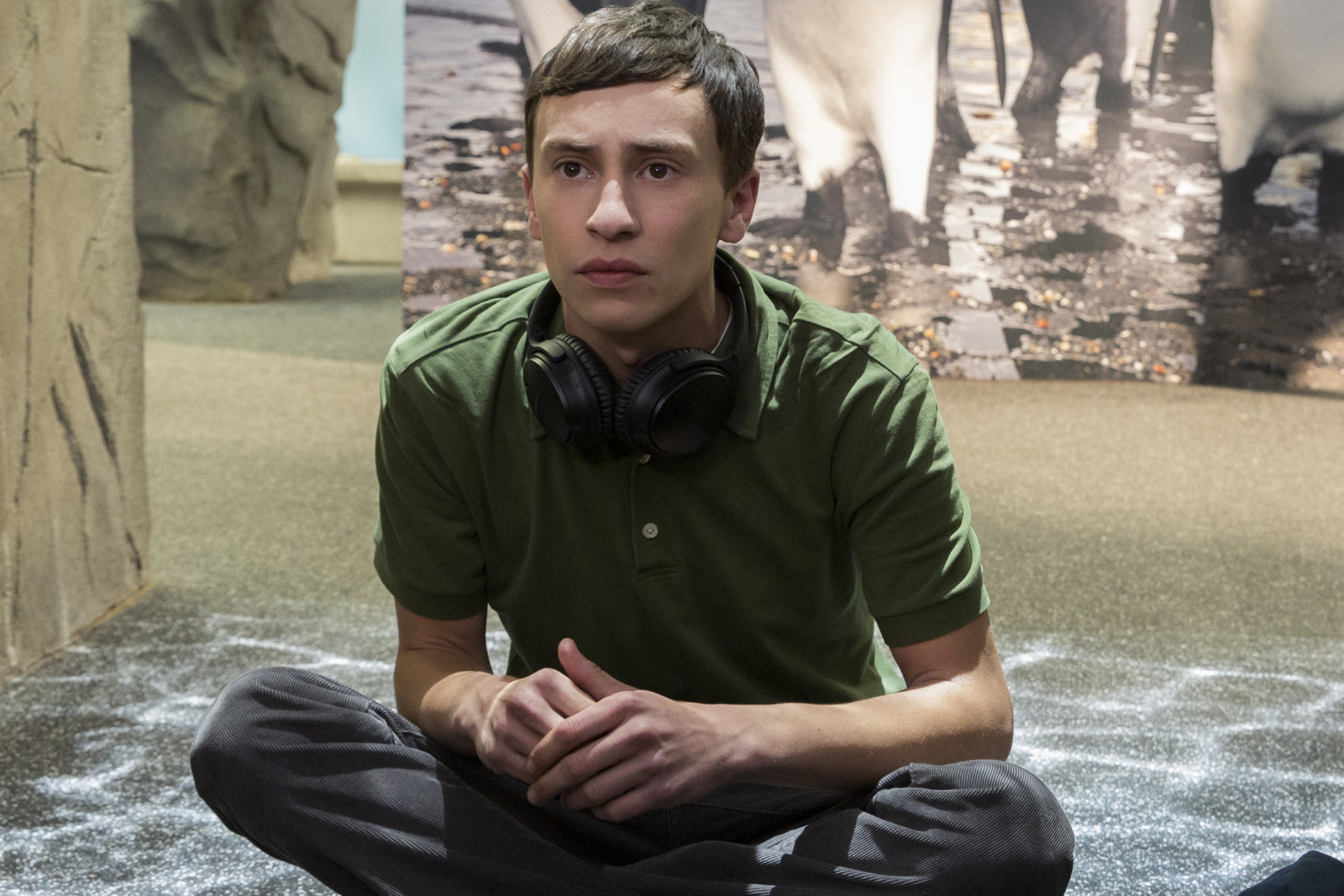
The popular series The Good Doctor stars Freddie Highmore, who plays a surgeon with autism spectrum disorder and savant syndrome. Like Atypical, the lead character represents a small and often stereotyped depiction of autism. However, Freddie Highmore, who depicts Dr. Sean Murphy in the show, is not autistic.
This casting choice represents an enormous problem in the industry: removing work for autistic actors. Although shows like Love On The Spectrum create a large opportunity for representation in popular media, there is still a significant gap in the hiring process.
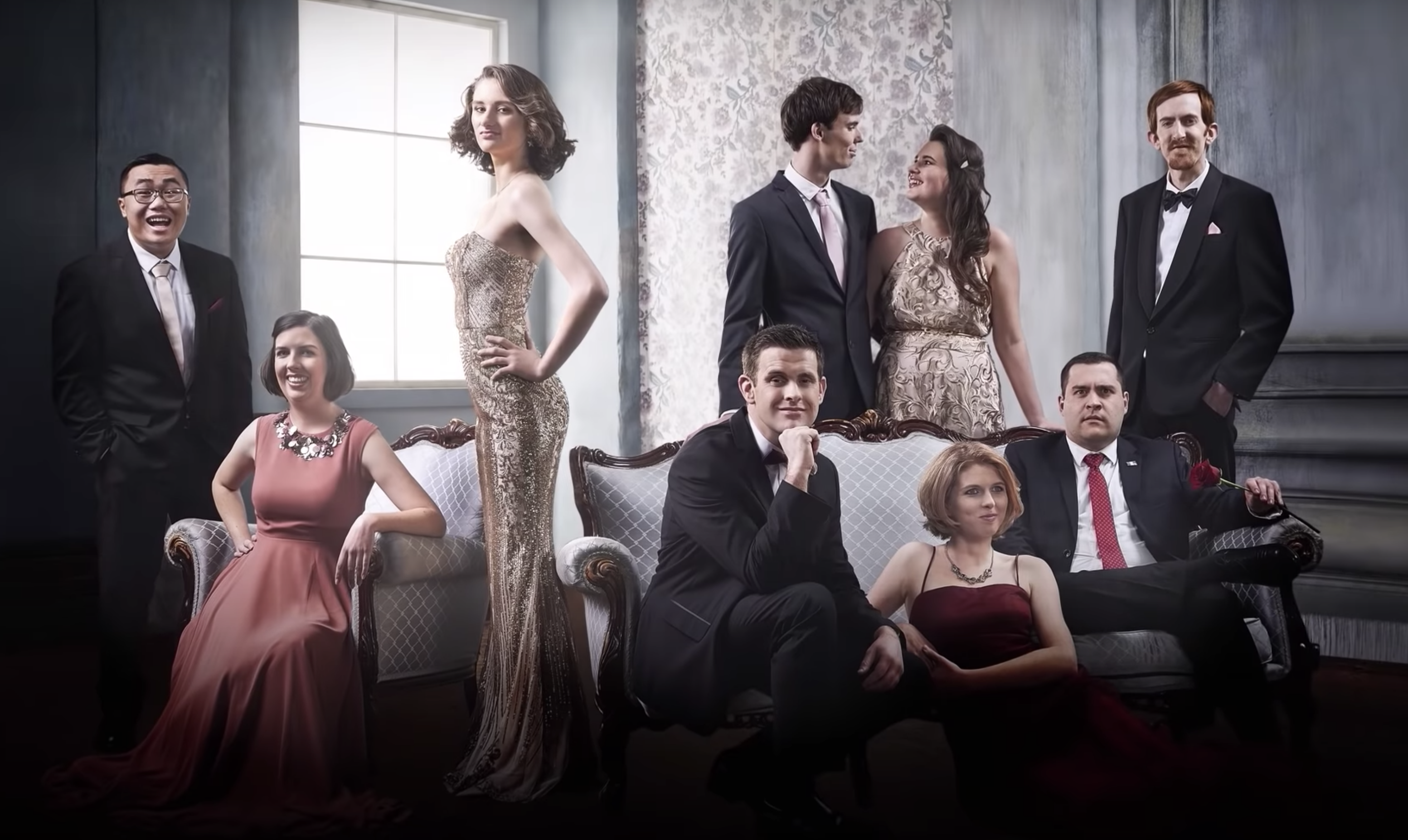
While fictionalized depictions of individuals on popular television shows aim to create a representation, they instead create an alternative effect and limit opportunities for autistic actors. In recent years, a diverse audience has demanded similarly diverse casting in films and television series. Achieving inclusive acting includes exploring all casting avenues to best hire autistic actors for roles with autistic characters. Considering only non-autistic actors for roles of autistic characters creates the problem of limited opportunity for autistic actors.
Females On The Spectrum
While Atypical and The Good Doctor do their part to expand autistic representation in popular media, both fall short of the demanded representation of the autistic female experience. A common misconception of the autistic community is that women are less likely to have autism than men. In the last several decades, most popular television series and movies with autism representation have only featured male autistic characters.
Writing only male characters creates a false understanding that either autistic females have the same experience as autistic males, or that autistic females do not exist. Turning a blind eye to this lack of representation can have harmful effects on the autistic community.
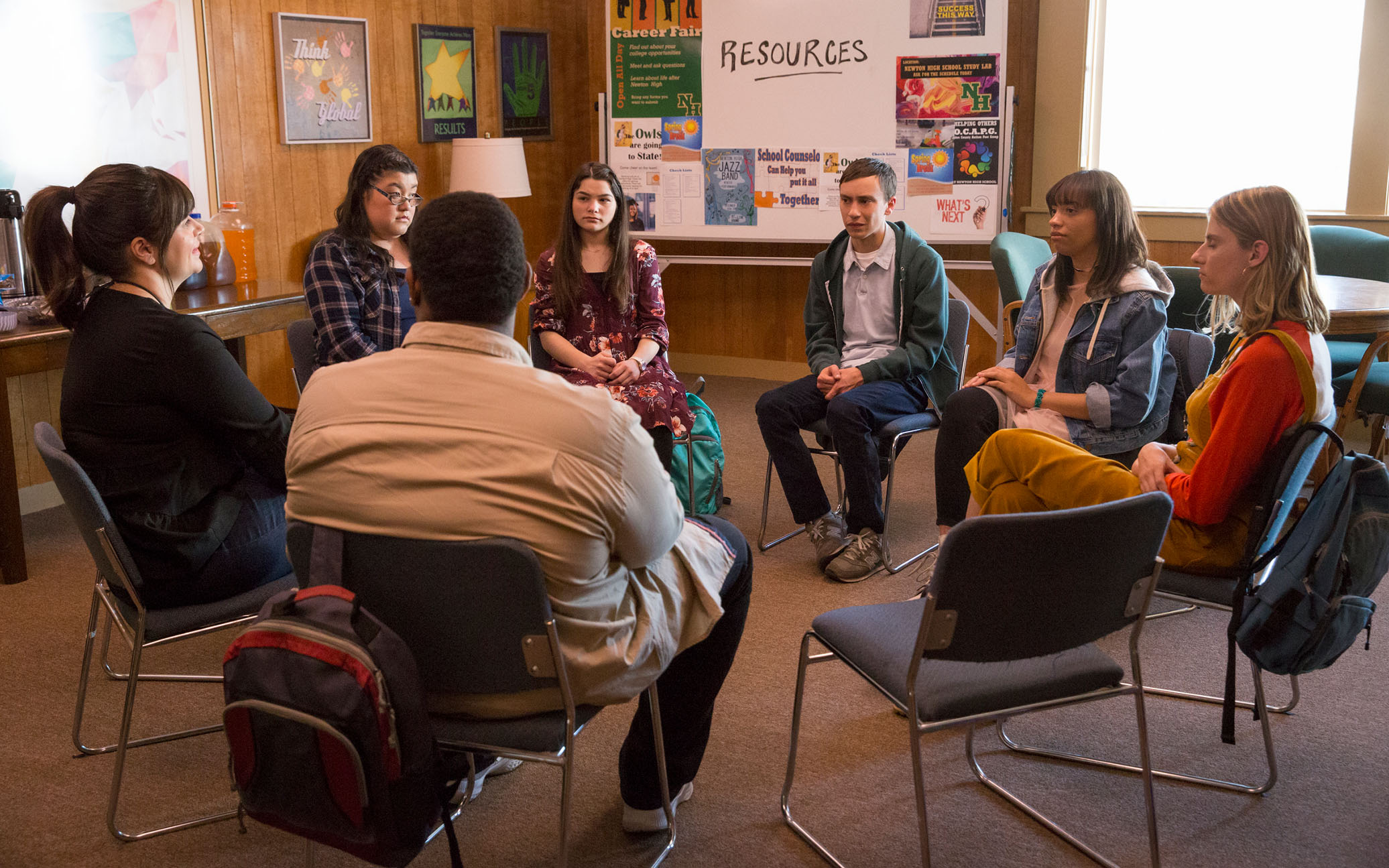
Burying female autistic representation also perpetuates a common diagnostic problem. Autistic females can be harder to diagnose on the spectrum than autistic males. In fact, in 1940, it was believed that women could not have autism. The initial ratio of diagnoses of autism ranked men at being fifteen times more likely to have autism than women, but after several decades the ratio was revised to men only being three times more likely to have autism than women.
While this is the case with men more often diagnosed with autism, it should not erase the autistic female experience. Ultimately, this stigma negatively impacts actresses on the spectrum, as well as all females on the spectrum.
The Future Of Autism Representation
So where does this put autism representation in the media? In some ways, representation can be praised merely for existing. Looking at the progress between now and a century ago, the movements towards inclusivity are monumental. However, while these changes and improvements are in some ways a good thing, there are many areas of growth yet to be reached.
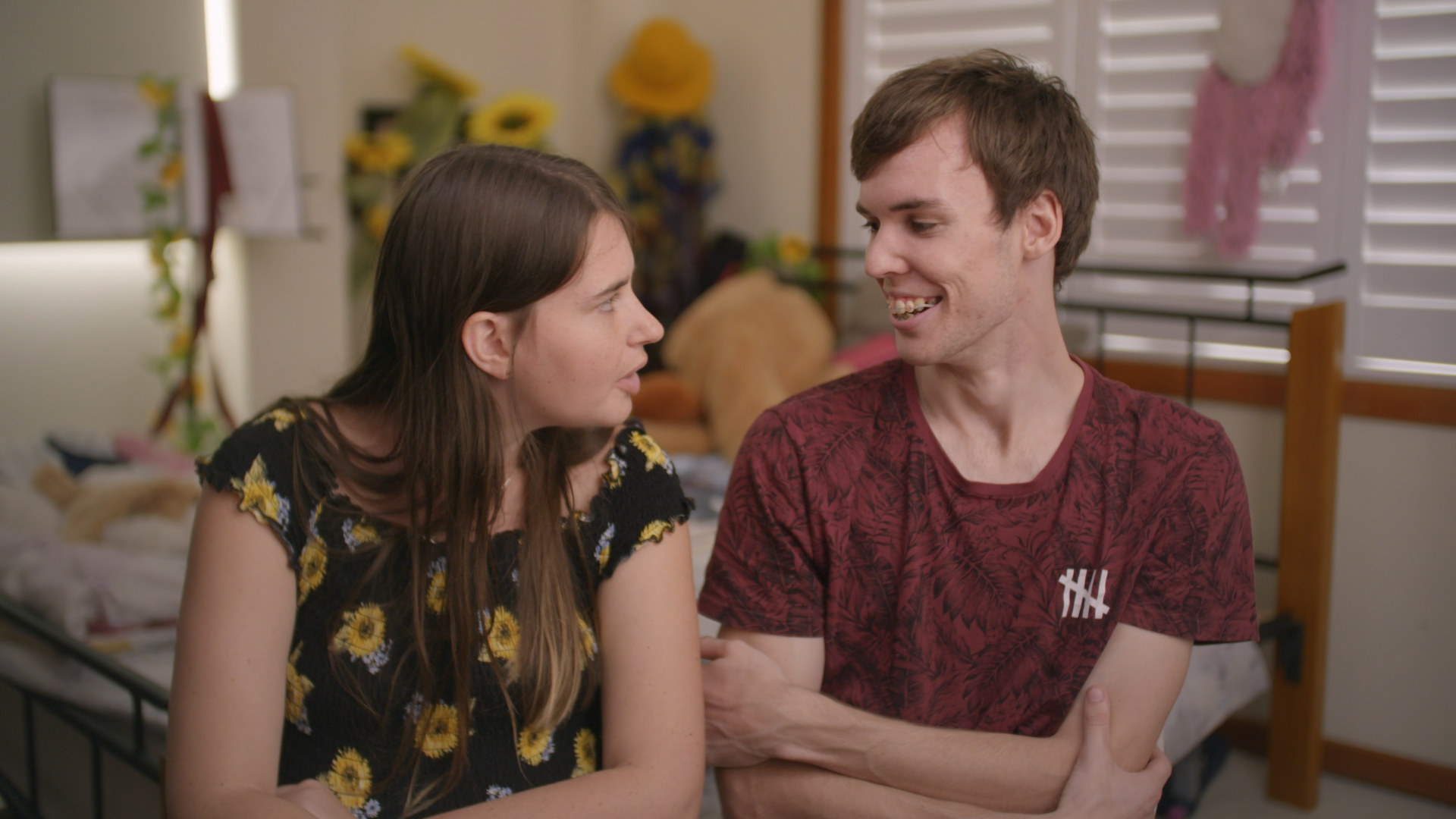
Media representation of autistic people must diversify to expand the understanding of autism spectrum disorder, and similarly, to reduce the stigma surrounding the community. Shows like Love On The Spectrum provide an element of hope for individuals seeking opportunities to act, but the disconnect in production is still prominent. As new shows continue to be produced featuring autistic main characters, writers must expand their understanding of diversity across the spectrum.
Limiting autistic depictions in media not only limits the narrative but also turns a blind eye to most of the experiences had on the spectrum. Popular media has a long way to go before it can achieve improved autism representation. Writers should be consulting autistic individuals more often, as well as considering more avenues for hiring autistic actors. Ultimately, autistic representation in media has a long way to go.
